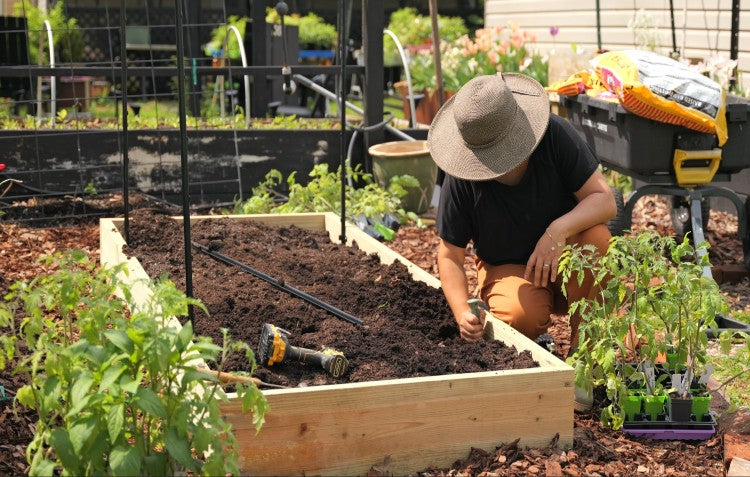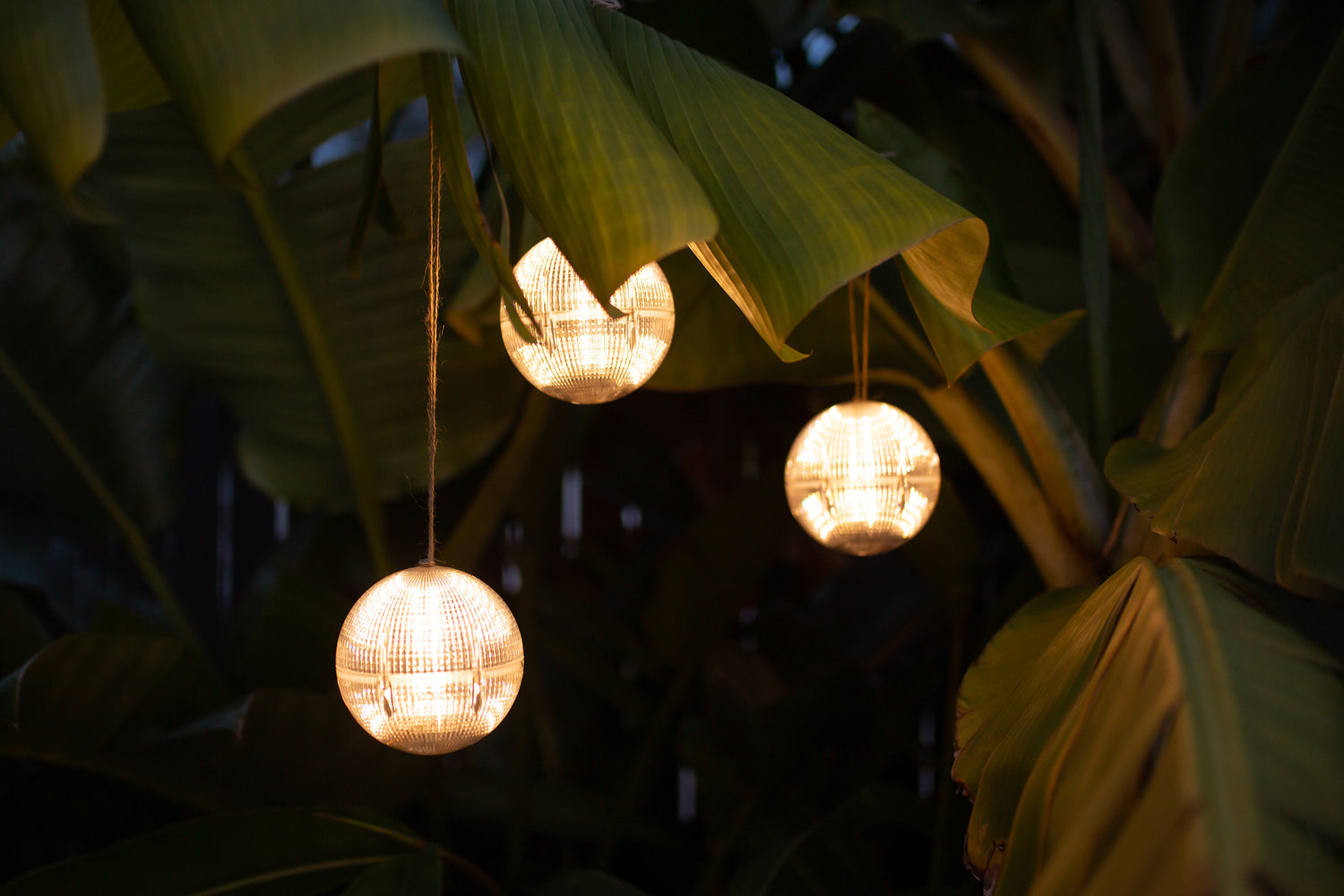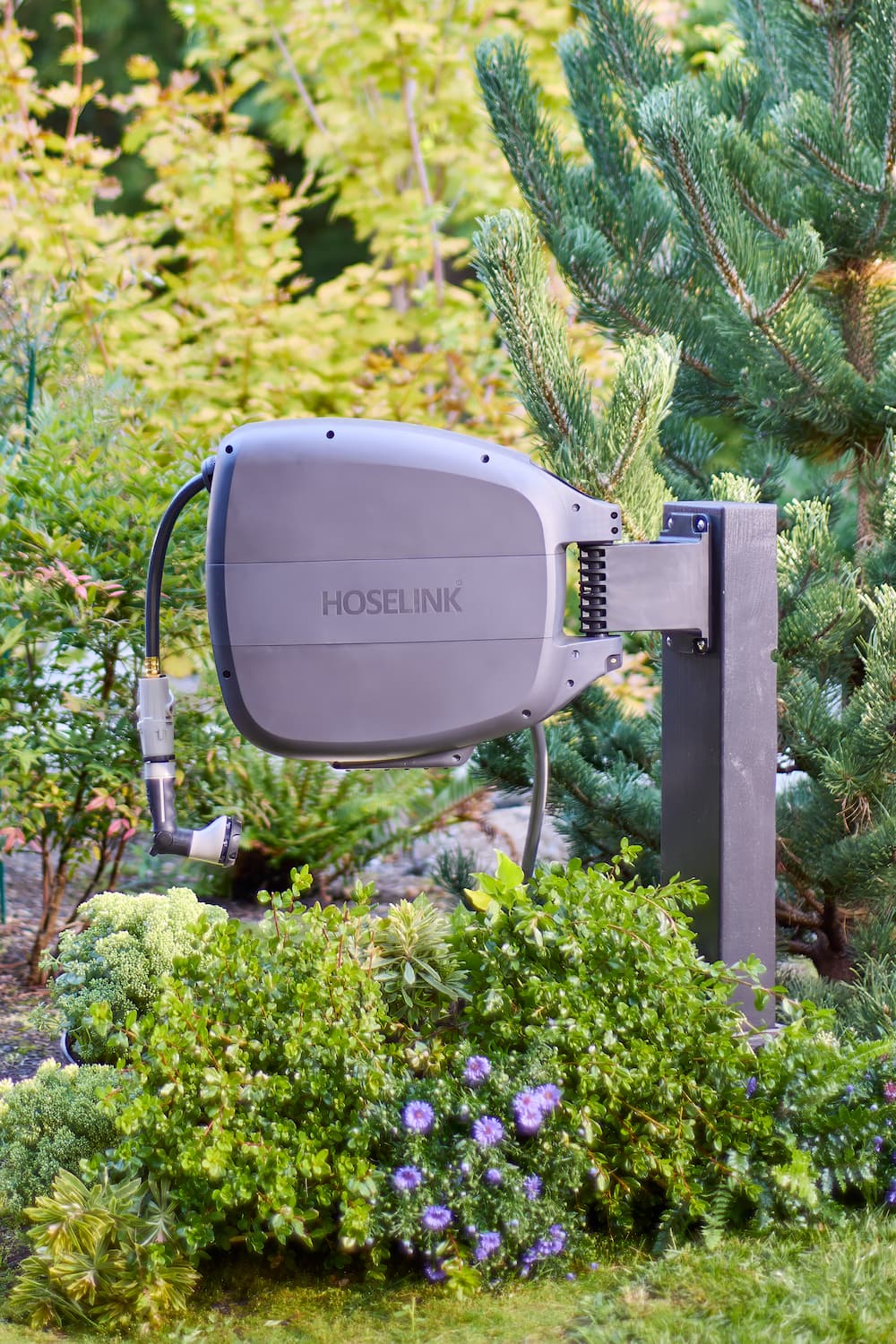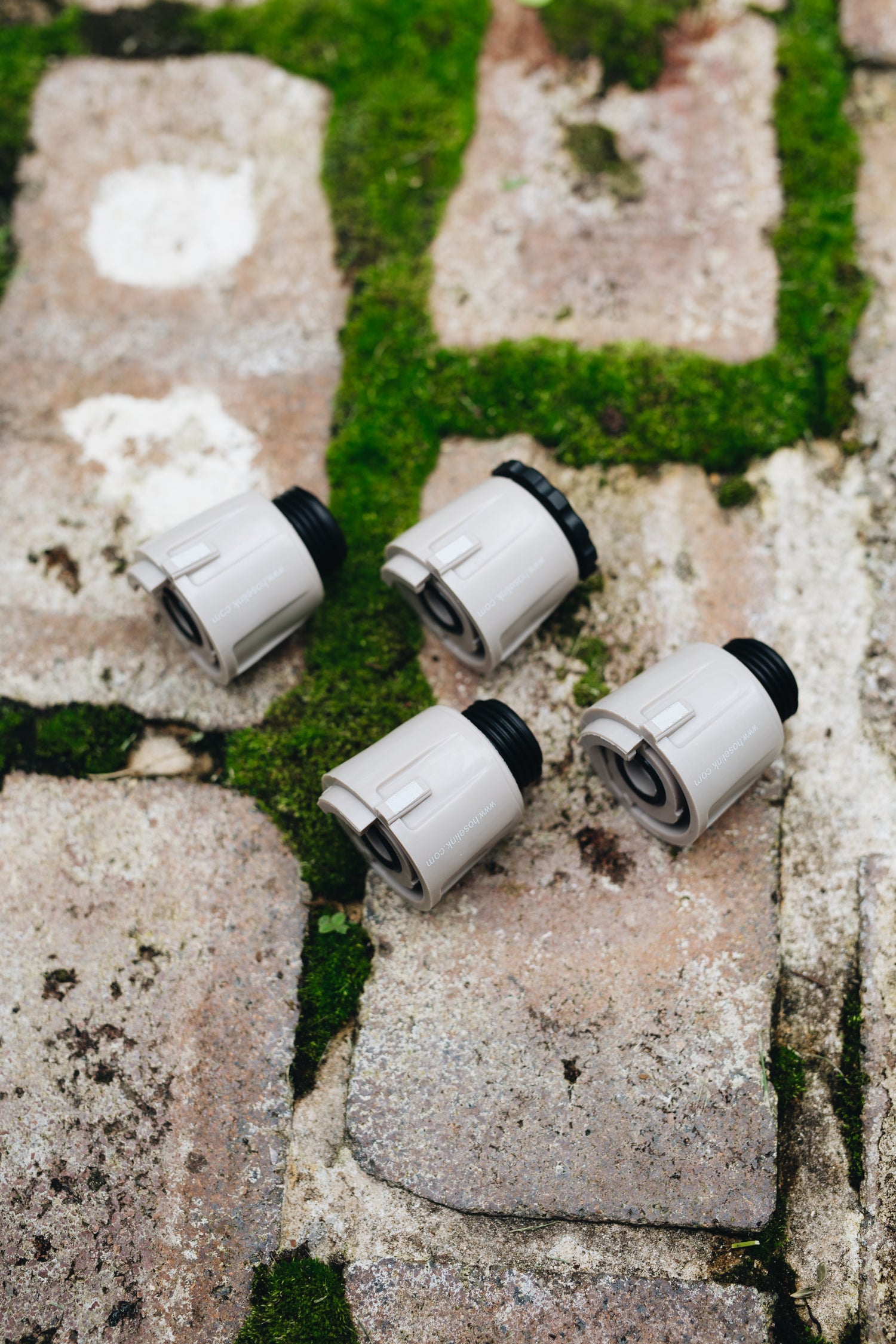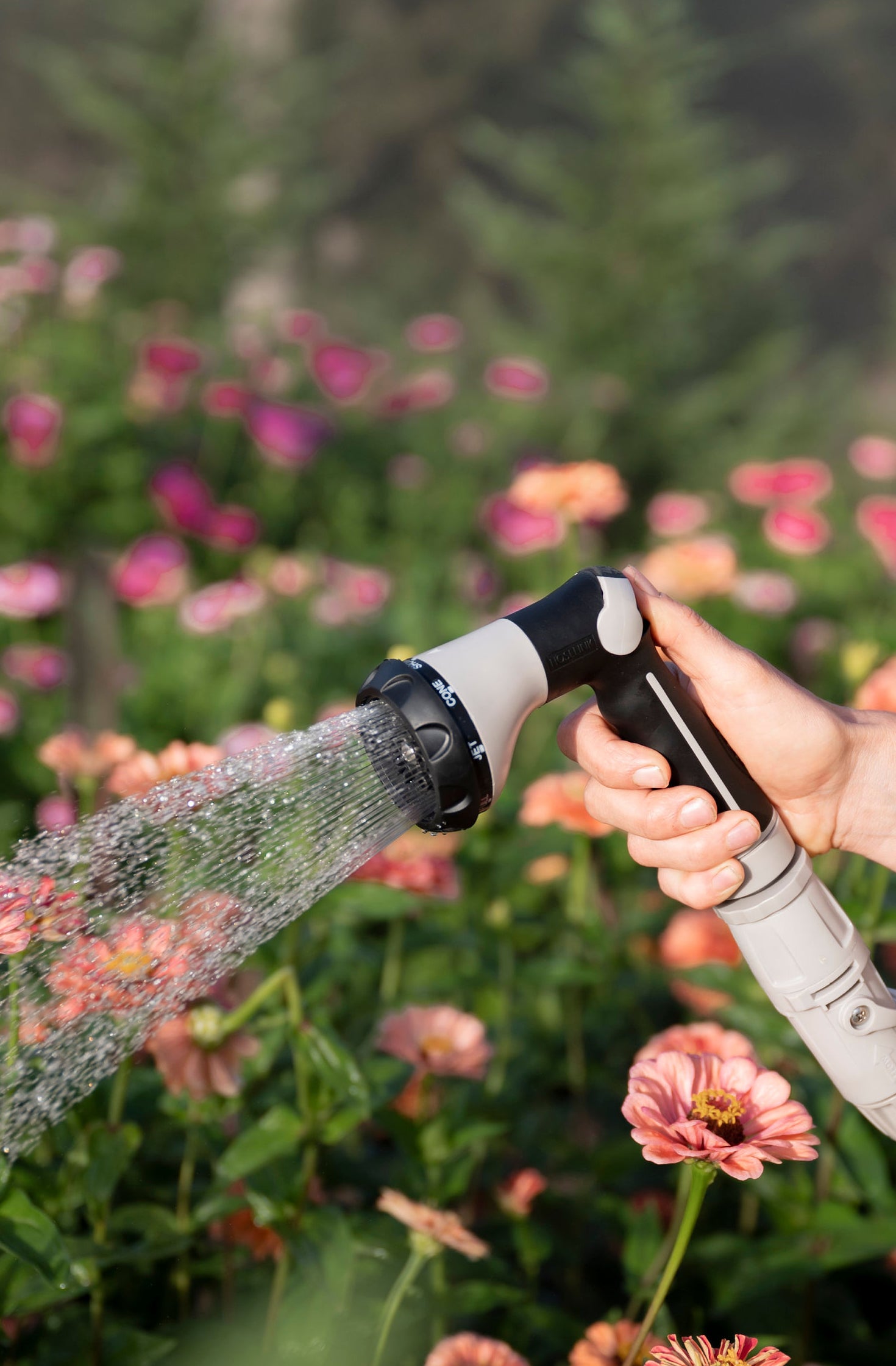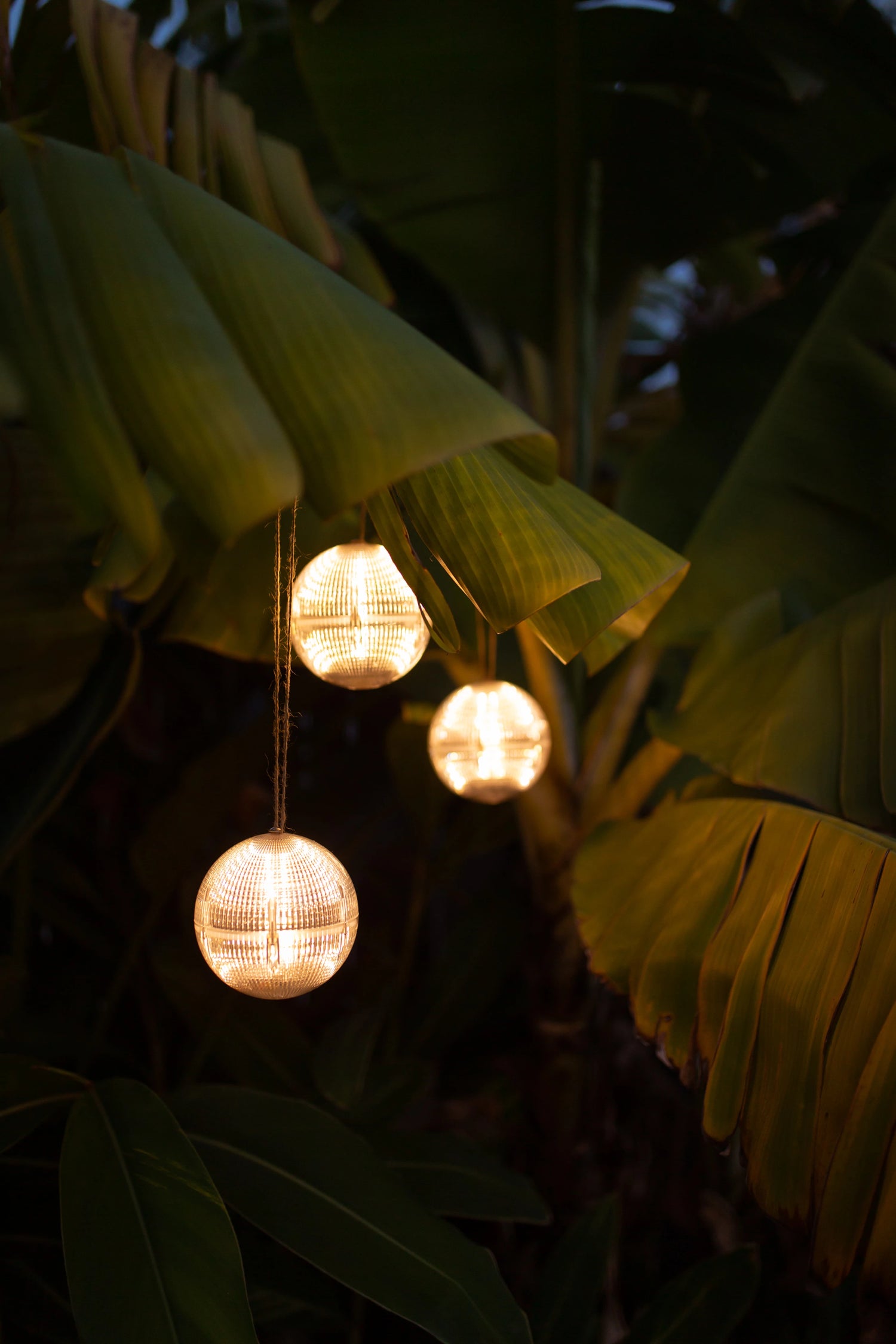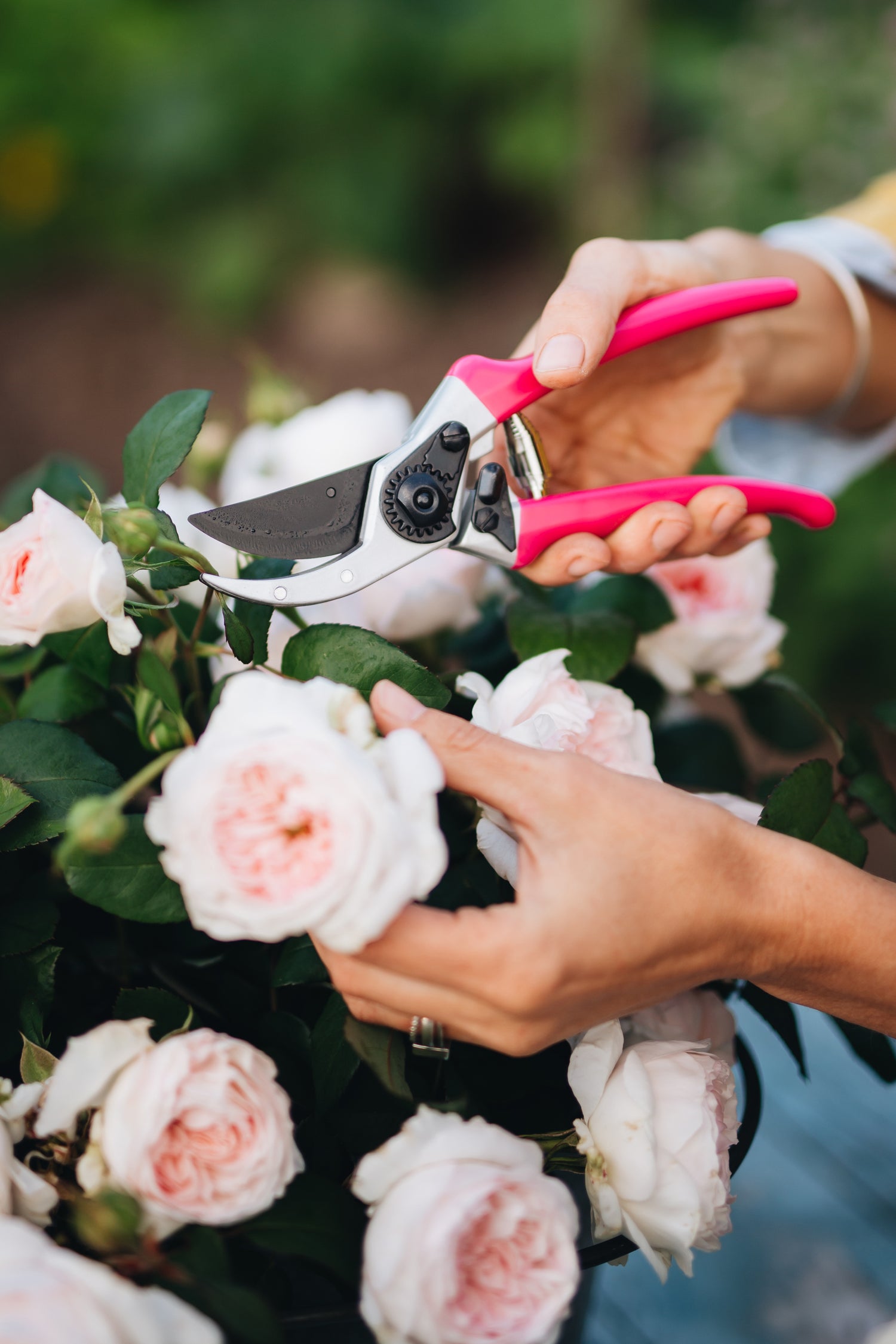Let’s not sugarcoat it, June is when gardening becomes a hustle. The honeymoon phase of starting seeds is over, and now it’s you vs. weeds, bugs, and tomato plants that somehow doubled in size overnight. But honestly? I kind of love it.
Things become real for all gardeners this month. You’re finally seeing results, flowers are blooming, things are filling out, and the rhythm of the garden feels steady. But you’ve got to stay in the game. Watering routines, pest patrol, staking runaway plants, and maybe (finally) mulching that one bed you keep pretending you forgot about.
In this post, I’ll share what I’m doing in my own garden in Zone 6 right now, the tasks that matter most, what I let slide, and how I try to keep it all feeling joyful, not overwhelming. Whether you’ve got a full backyard plot or a few containers on the patio, June’s the time to dig deep and keep growing.

Pesky Pests: Who’s Showing Up in June?
June is when your garden really starts to show off, but unfortunately, pests love all that growth just as much as we do. As plants get fuller and the days get warmer, all kinds of insects start popping up, and it’s important to stay one step ahead so your garden doesn’t turn into an all-you-can-eat buffet for bugs.
In the flower beds, you might start seeing aphids, spider mites, or Japanese beetles hanging around. Aphids are super common, they especially love soft, tender new growth, which is why they’re all over flowers like zinnias, dahlias, and roses this time of year. You might also notice chewed petals or ragged leaves thanks to beetles or caterpillars.
Over in the veggie garden, it’s a similar story. Aphids often show up on tomato plants, pepper plants, and anything leafy. Flea beetles can pepper your greens with tiny holes, and cabbage worms like to hide on the undersides of kale and broccoli leaves. If you’re growing squash or cucumbers, watch for squash bugs and cucumber beetles, they sneak in fast and can cause serious damage if left unchecked.
Right now, my own tomato plants are under attack, Can you guess? Aphids! These tiny pests are usually green, pink, red or black, and they hang out in groups on the undersides of leaves or around the tips of new growth. They suck the sap out of your plants, which can cause leaves to curl, yellow, or become distorted. If you notice sticky leaves or even ants crawling up and down the stems (ants love the sweet “honeydew” aphids leave behind), you’ve probably got aphids.
They’re sneaky, but they’re not impossible to deal with.

Here’s what I’ve been doing:
I start by giving the plant a strong spray of water with the hose, especially on the undersides of the leaves. This knocks a lot of the aphids off and breaks up the little colonies. It’s a simple step, but it actually helps a ton and doesn’t harm your plant. After that, I follow up with an organic approach, I've been using worm-casting tea, which helps nourish the plant and improve its resilience. Healthier plants are better at fighting off pests on their own, too.
If the problem gets worse, I might use an organic insecticidal soap or neem oil, but I always try the gentle route first. And the truth is, a few bugs here and there aren’t a disaster. The key is just catching them early, checking your plants often, and not panicking.
Pests are part of gardening, annoying, yes, but totally manageable with a little consistency. And once you know what to look for, spotting and dealing with them becomes way less intimidating.
Veggie Garden
If you’ve been waiting for your veggie garden to wake up, June is it. This is the month when everything starts growing like it’s in a race. Tomatoes, basil, beets, squash, cucumbers, and peppers are taking off fast, and if you’re not careful, they’ll be sprawling all over the place before you know it.
Now’s the time to support your vining and tall plants. That means staking tomatoes, trellising cucumbers, and giving squash room to sprawl or climb, depending on your setup. These supports aren’t just for looks, they help keep the plants off the ground, improve airflow (which helps prevent disease), and make harvesting way easier down the line.
It’s also super important to stay on top of weeding, especially if you’re growing in raised beds or direct ground rows. Weeds compete with your veggies for water, light, and nutrients, and right now, everything’s fighting for space. A quick weeding session every few days keeps the balance in your favor and makes the garden a lot easier to manage later.

And good news: it’s not too late to plant! If you’re just getting started or want to add a few more things, you can still tuck in warm-weather veggies like tomatoes, peppers, squash, or cucumbers. These plants love the heat, and with consistent watering and care, they’ll catch up quickly and still produce well into late summer.
You can also still direct sow (that just means planting seeds straight in the soil) crops like basil, beets, radishes, lettuce, and even a second round of cucumbers if your first batch is already going. Basil especially thrives in warm soil and grows fast, so it’s great for beginner gardeners who want a quick win.
June is about giving your garden structure and support, literally and figuratively. You’re not just planting anymore; you’re shaping the season. Keep those beds weeded, help your plants climb, and don’t be afraid to plant something new. There’s still a lot of growing time ahead.
Watering: The Real Secret to a Thriving Garden
Let’s talk about the not-so-glamorous but absolutely essential part of gardening: watering.
New veggie plants, like tomatoes, peppers, cucumbers, and squash, need regular watering while they’re establishing roots. Try to water deeply 2–3 times a week rather than a little every day. Deep watering encourages roots to grow down, making plants more resilient in hot or dry weather.
Annual flowers, like zinnias, petunias, coleus, cosmos, or marigolds, also need steady moisture early on. They’re fast growers and heavy bloomers, so if they dry out too much, they’ll slow down or get crispy. Check the soil with your finger, if the top inch feels dry, it’s time to water.
Perennials, which come back year after year, don’t need as much babying once they’re established, but newly planted perennials absolutely do. Water them deeply at least twice a week for their first month or so. After that, you can cut back as their roots dig in.

Shrubs and larger plants, like hydrangeas, roses, or any woody ornamental, need a longer, deeper soak less frequently. Think of them like slow sippers rather than quick chuggers. A good, slow watering at the base once or twice a week usually does the trick, especially during hot spells.
And don’t forget to water early in the morning or in the evening to reduce evaporation and help prevent sunburn on leaves. Morning is best if you can swing it.
Right now, I’m checking my garden almost daily, not necessarily to water everything, but to feel the soil and see who’s thirsty. Once you start getting into the habit of observing your plants, it becomes second nature.
Watering may not be the flashiest part of gardening, but it’s the foundation. Keep it consistent, and your plants will reward you all summer long.
So that’s June in the garden, messy, busy and beautiful. Keep things watered, wrangle the weeds, chase off a few bugs, and support your plants. This is the month where the magic builds.
Happy gardening friends!

